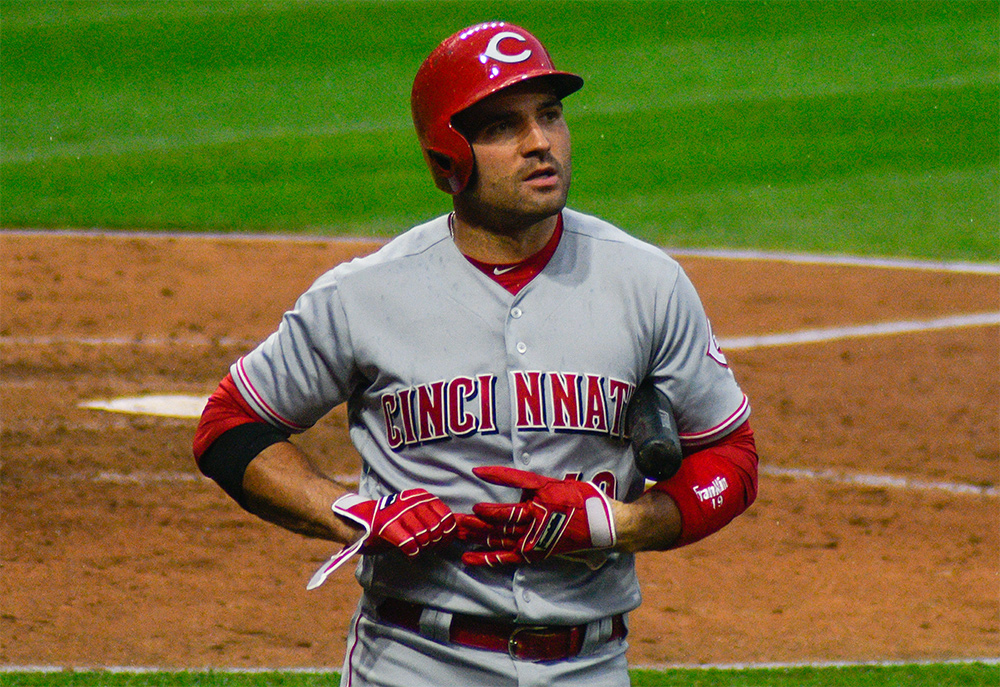Effectively Wild Episode 1448: The 21-Soto Salute

Ben Lindbergh and Meg Rowley discuss the latest on the Astros and the benefits and limitations of front-office diversity, Rob Manfred’s new comments about the baseball, Kris Bryant’s grievance against the Cubs, umpire Rob Drake’s apology for a bad tweet, and Yu Darvish’s good tweets, then answer listener emails about Juan Soto’s age and clubhouse drinking, the Nationals’ clubhouse chemistry, whether teams should stagger their starters to avoid opponents’ aces, whether stealing third is easier than stealing second, whether baseball should have a playoff losers bracket, and whether pitchers can use the variation between baseballs to their advantage.
Audio intro: Thrush Hermit, "This Week"
Audio outro: Modern Baseball, "Play Ball!"
Link to Manfred’s comments about the ball
Link to article about Bryant’s grievance
Link to article about Rob Drake’s tweets
Link to Rob Drake’s apology
Link to Boswell article about the Nats’ chemistry
Link to Svrluga article about the Nats’ chemistry
Link to article about the Astros’ chemistry
Link to Ben on forecasting chemistry
Link to Emma on MLB’s issues
Link to video of Soto’s sparkling grape juice
Link to story on Harper’s apple cider
Link to Rob’s new research about the ball
Link to story on Darvish/Verlander tweets
Link to Ben Clemens on staggering starters
Link to Dan Lependorf on staggering starters
Link to Dan Meyer on staggering starters
Link to Roger Cheng on staggering starters
Link to order The MVP Machine
![]() iTunes Feed (Please rate and review us!)
iTunes Feed (Please rate and review us!)
![]() Sponsor Us on Patreon
Sponsor Us on Patreon
![]() Facebook Group
Facebook Group
![]() Effectively Wild Wiki
Effectively Wild Wiki
![]() Twitter Account
Twitter Account
![]() Get Our Merch!
Get Our Merch!
![]() Email Us: podcast@fangraphs.com
Email Us: podcast@fangraphs.com
Podcast (effectively-wild): Play in new window | Download
Subscribe: RSS

